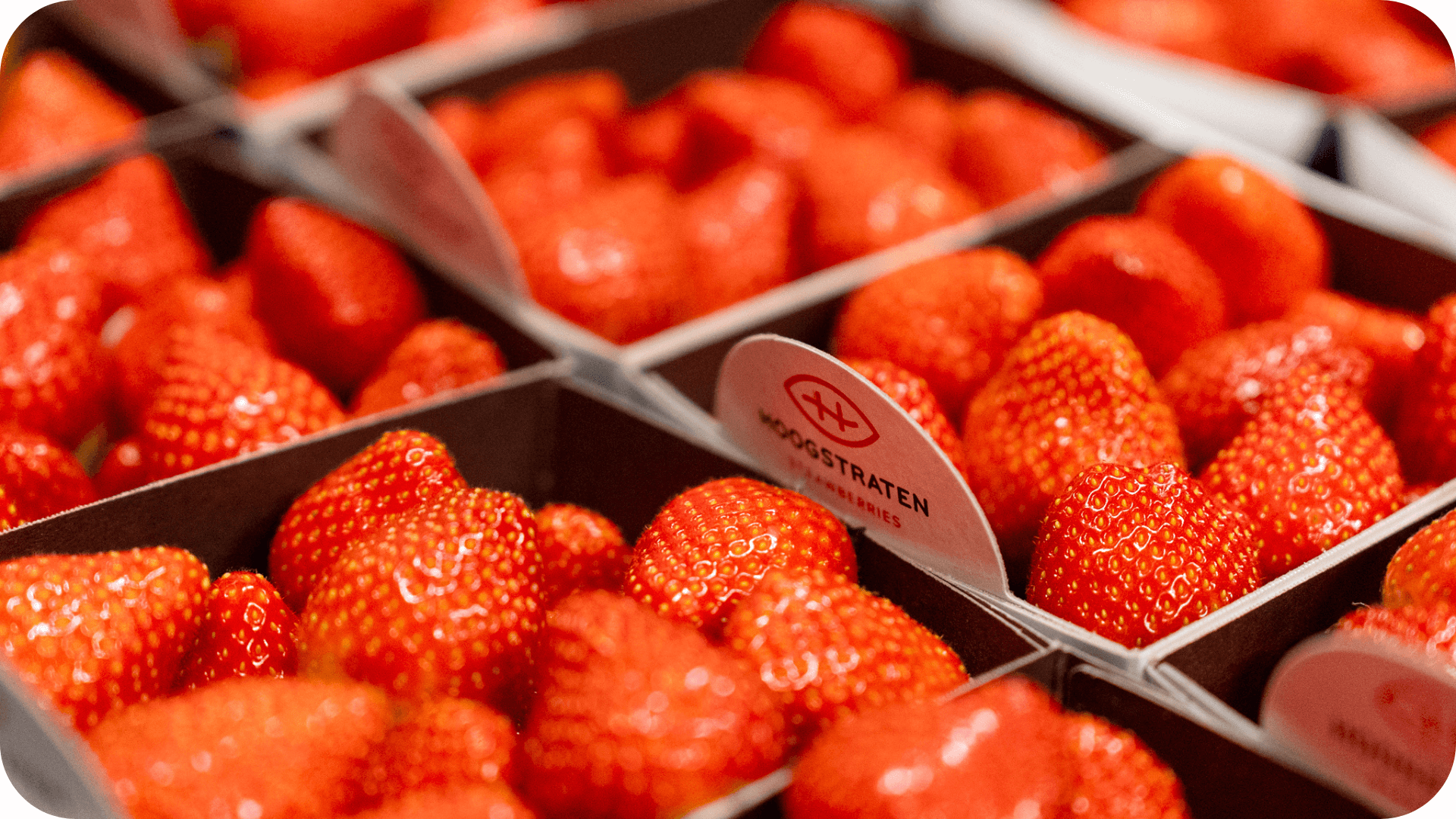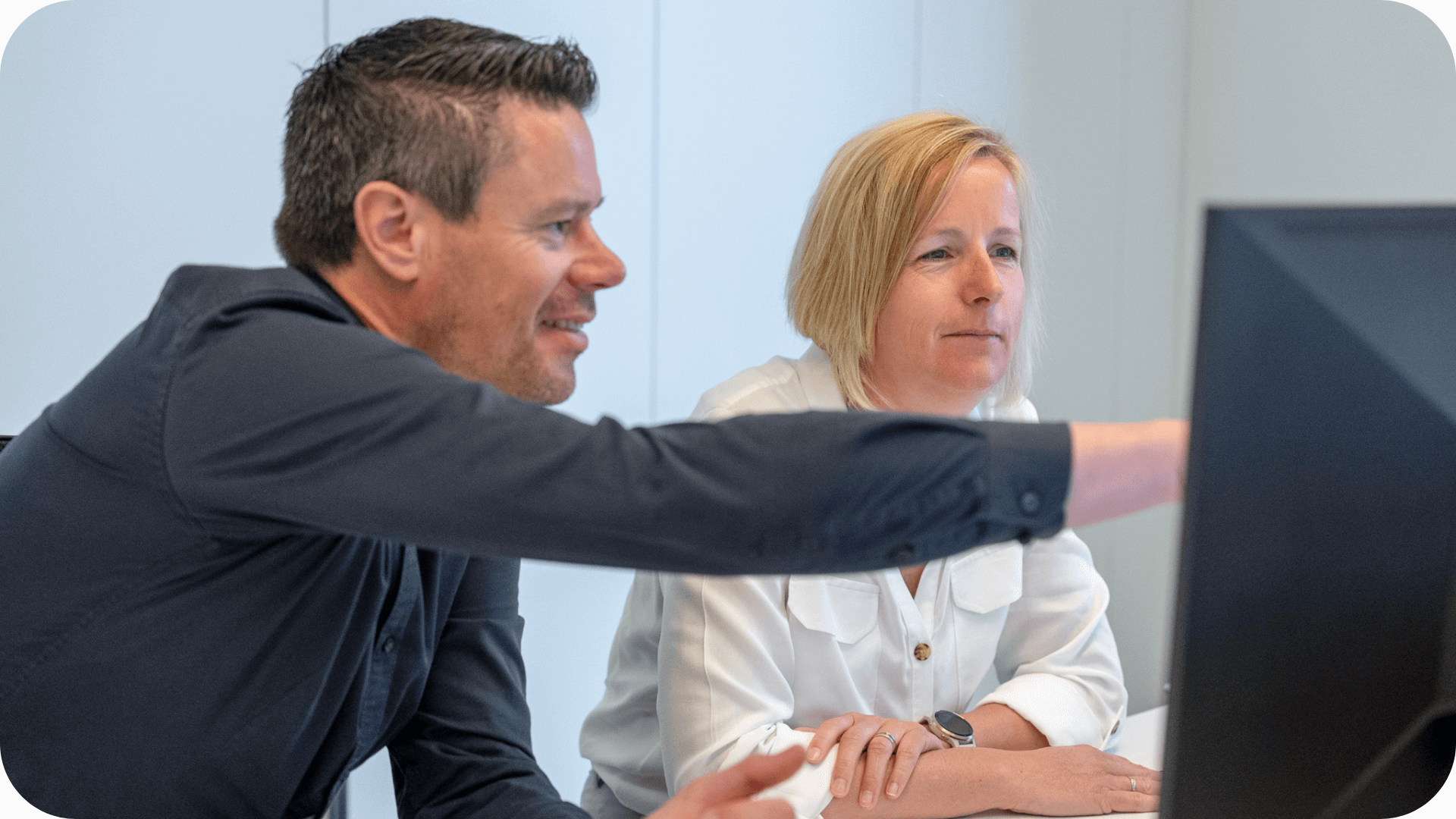At Coöperatie Hoogstraten, everything centers around marketing fresh fruits and vegetables for its member growers. But what truly sets the organization apart? Growers aren’t just suppliers—they’re also customers and shareholders. In this unique cooperative model, transparency and information sharing aren’t optional; they’re essential. As the company expanded over the years, so did the demand for accurate reporting and deeper insights—from internal teams, growers, and buyers alike.
From gut feeling to data-driven decisions
What once relied on basic ERP lists gradually evolved into a fragmented data landscape, with manually managed Excel sheets and direct user access to databases. The result? Conflicting reports, performance bottlenecks, and departmental confusion. "If Departments A and B searched for the same number, they could end up with different results," recalls Seppe De Bont, IT Manager at Coöperatie Hoogstraten.
Externally, the challenge was equally clear: large growers were asking for more transparency and consistency in the data being shared. "Internally, it became clear that gut instinct and manual spreadsheets were no longer enough. We needed a sustainable, reliable data platform to become a truly data-driven organization," adds Evi Quirijnen, Finance Manager.

An accessible, scalable, and future-proof platform
As Coöperatie Hoogstraten redefined its digital strategy, one objective took center stage: building a sustainable, future-proof data platform. Following a comprehensive RFI and RFP process—during which multiple technologies and implementation partners were evaluated—the organization chose Microsoft Fabric, at the time still an emerging solution.
Why Fabric? The intuitive user experience and low barrier to entry made a lasting impression. "From the beginning, Fabric just felt right," the team recalls. "At that point, we didn’t yet have a data analyst on board, and we wanted to avoid relying on external partners for every report or adjustment." In the meantime, a data analyst has joined the organization to oversee the project more closely. "He came in as a recent graduate with no prior experience in data analytics—and now he’s working fluently in Fabric," says Seppe De Bont.
Building confidence in the numbers
Although the implementation is still underway, the early results are already promising. The backend is stable, the data platform is live, and the first reports are being developed—both for internal use and for the growers. “Behind the scenes, the data is already available,” says Seppe De Bont, IT Manager. “The next step is deciding: what do we want to show, to whom, and how detailed should it be?”
The benefits of having a central, trusted source of truth are quickly becoming clear. “In the past, we’d sometimes wonder: can we fully trust this number? Today, we aim to say—right down to the last euro—this is the truth,” explains Evi Quirijnen, Finance Manager. Operational efficiency is also improving. “Some colleagues used to manually generate the same report every morning. Soon, that process will be automated—saving valuable time each day,” adds De Bont.
The shift toward a data-driven culture is proving essential as the organization grows and complexity increases. “New team members don’t have that gut feeling developed through years of experience. They rely on accurate, trustworthy data to make informed decisions,” says Quirijnen.
The people behind the project
The choice to partner with Cegeka was a carefully considered one, driven largely by the team behind the technology. “We immediately felt more confident in Cegeka’s team,” says Seppe De Bont, IT Manager at Coöperatie Hoogstraten. “They quickly grasped how our organization operates—something that usually takes much longer with other partners.”
The collaboration was marked by transparency, pragmatism, and a strong focus on knowledge sharing. Cegeka brought not only deep technical expertise, but also helped introduce structure into a data environment that had grown organically over the years.
Adjusting to an agile way of working took some time. “We’re used to just getting things done—so the agile methodology felt like a culture shift at first,” De Bont explains. However, as the project evolved, the benefits became clear. “Thanks to the structure and documentation, we now fully understand the rationale behind certain decisions. Had we continued with our old approach, that level of clarity would have been lost,” he adds.

A unanimous decision: why Cegeka stood out
The decisive factor during the RFP process? The team behind the proposal. While other vendors presented impressive resumes—often from people who wouldn’t actually work on the project—Cegeka introduced the real team members who would be involved from day one. That transparency, combined with an immediate personal connection, made a lasting impression. “It felt right from the start. We had confidence in both the people and their expertise with Microsoft Fabric,” says Seppe De Bont, IT Manager.
The decision to choose Cegeka was unanimous. Their approach struck the right balance: structured where necessary, flexible where possible. “They continuously align with our needs, without forcing the pace. That gives us both trust and peace of mind,” adds Evi Quirijnen, Finance Manager.
What’s next?
With the foundation now firmly in place, the real transformation begins. In the next phase, Coöperatie Hoogstraten will focus on developing impactful reports — not only for internal teams but also for its network of growers. Embedded dashboards will offer greater transparency to producers, while carefully respecting sensitivities around data privacy and access.
Plans are also underway to integrate external data sources, such as weather forecasts. When combined with AI-driven insights, this opens the door to predictive analytics — for example, more accurate forecasting of harvest volumes for crops like strawberries. “We’re seeing strong interest in this kind of intelligence from our growers,” says Evi Quirijnen, Finance Manager.
In short, Coöperatie Hoogstraten is taking confident steps toward becoming a fully data-driven organization — where technology is not the goal itself, but a strategic lever to better support its growers and deliver long-term value.


